Hal Duncan’s The Book of All Hours, or Vellum and Ink
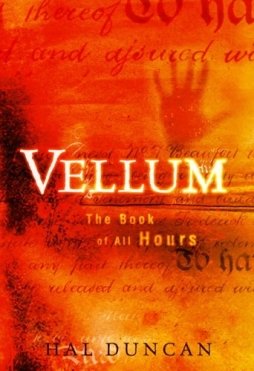 Hal Duncan’s The Book of All Hours is a dazzling, fascinating, frustrating work. A duology consisting of 2005’s Vellum and 2007’s Ink, it plays with structure and story in powerful ways, while also seeming to fall back too easily into black-and-white absolutes and traditional forms. The oddity of the book is that although in some ways it appears radically new, in other ways, as one reads further into it, it comes to feel more and more familiar.
Hal Duncan’s The Book of All Hours is a dazzling, fascinating, frustrating work. A duology consisting of 2005’s Vellum and 2007’s Ink, it plays with structure and story in powerful ways, while also seeming to fall back too easily into black-and-white absolutes and traditional forms. The oddity of the book is that although in some ways it appears radically new, in other ways, as one reads further into it, it comes to feel more and more familiar.
The basic idea might have come from a Marvel comic book: hidden among mortal humans are individuals who, when they undergo certain traumas, develop great powers to shape the world — they become gods, angels, demons. Archetypes. Unkin. Their powers extend not only across time and space, but through the array of alternate worlds called the Vellum; and, as well, into worlds deeper and more profound than our own and its cognates.
A long time ago one of these Unkin created the Book of All Hours, which is, among other things, a map of the Vellum, and a text describing everything, defining everything, holding all stories and worlds within itself. Various Unkin factions want to get their hands on the Book, to rewrite it to suit themselves. The Covenant, a primal patriarchy ruled by archangels, represent one major faction. Another loose grouping is formed by seven individual Unkin, seven archetypes we trace through a range of alternate selves. These seven are (to use only one version of their various names, and a reductive description of their identities) Jack Flash, eternal rebel; Joey Pechorin, eternal traitor; Guy Fox, mastermind; Seamus Finnan, a tortured Prometheus; Don MacChuill, the old soldier; Phreedom Messenger, warrior queen; and her brother, Thomas Messenger, the eternal sacrifice.
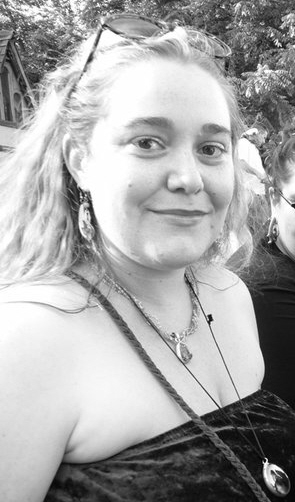
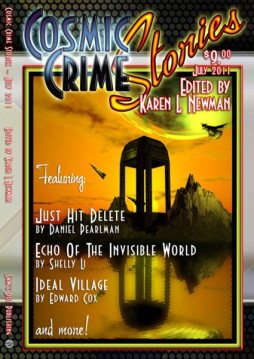
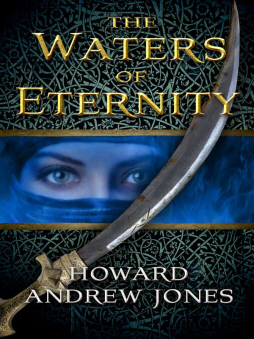
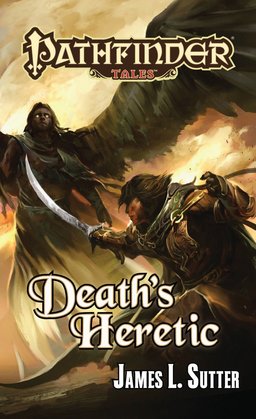
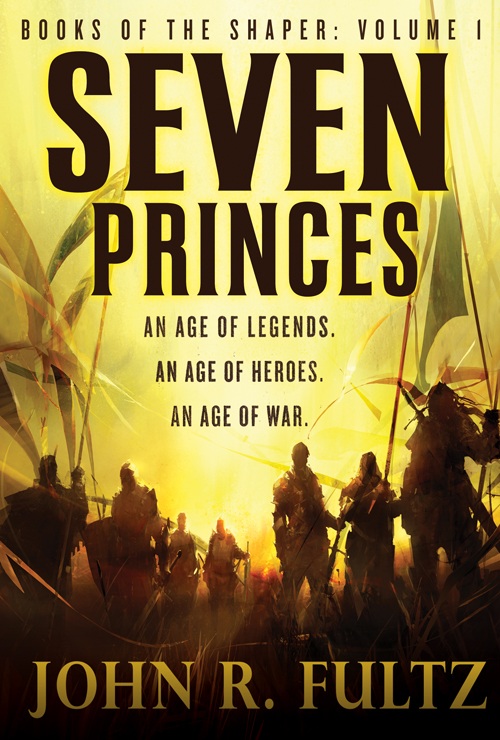
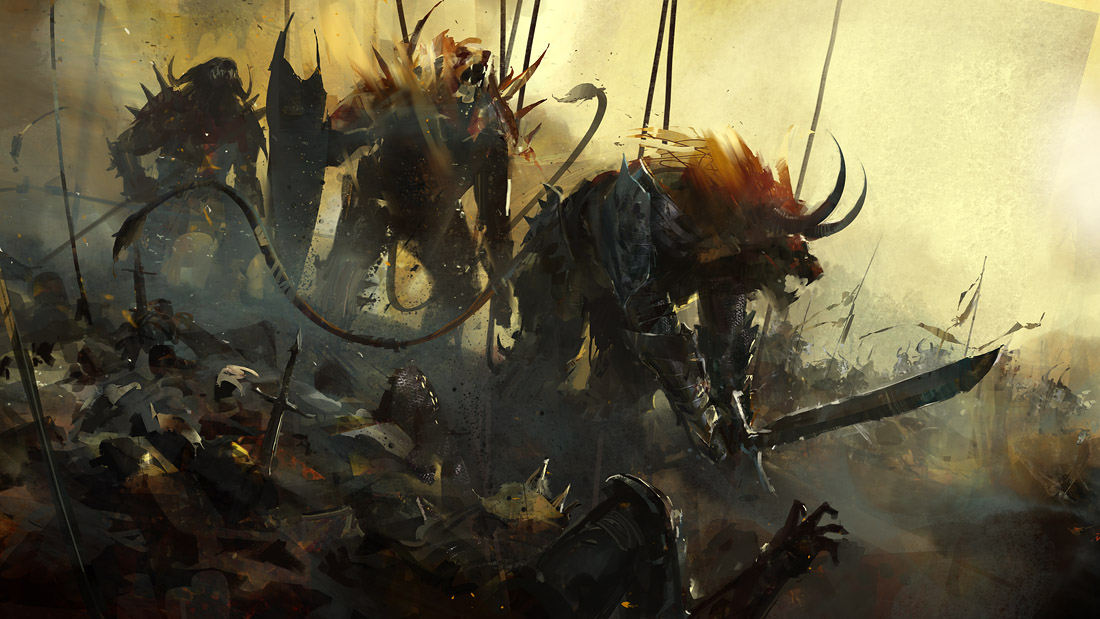
 The November
The November 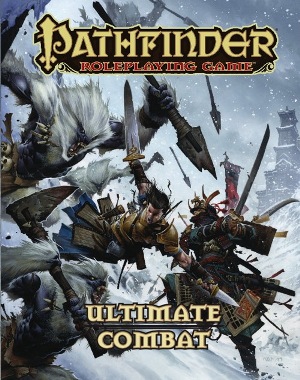
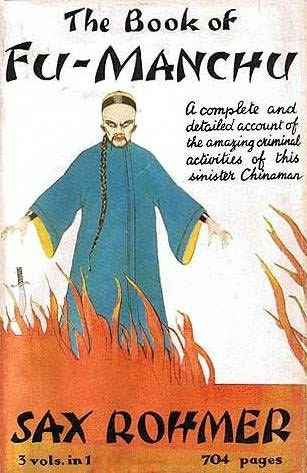

 Warning: Some spoilers follow
Warning: Some spoilers follow